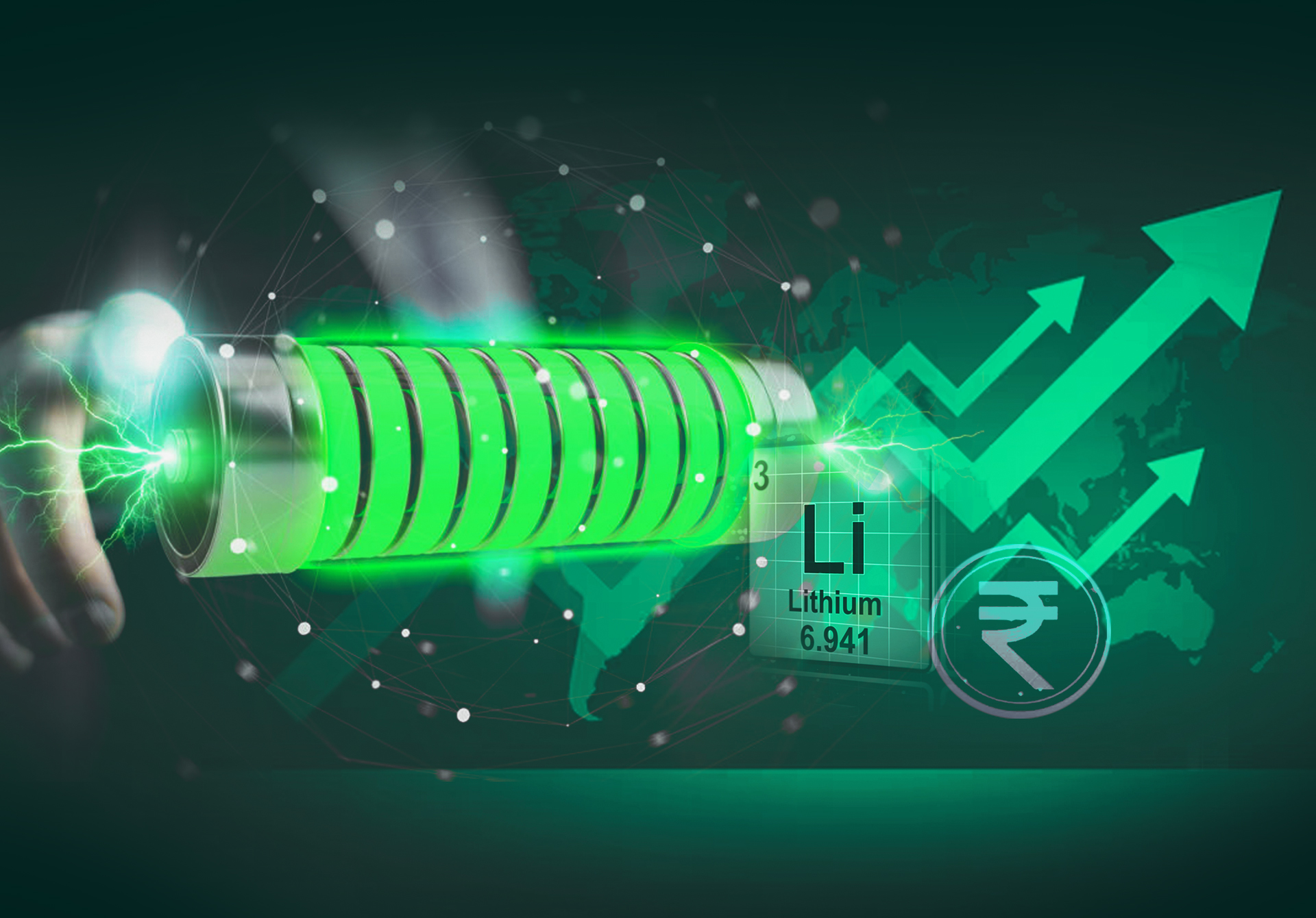The proliferation of lithium-ion batteries has revolutionized various industries, powering everything from electric vehicles to smartphones and renewable energy storage systems. As the world shifts towards sustainability and cleaner energy sources, the demand for lithium-ion batteries continues to soar. In this blog, we will explore the economics of lithium-ion battery production and examine the market trends that have shaped the industry’s growth and future prospects.
Lithium-Ion Battery Production Economics
The production of lithium-ion batteries involves several key cost factors that impact their overall economics:
Raw Materials: Lithium-ion batteries require specific raw materials, such as lithium, cobalt, nickel, and graphite. The cost and availability of these materials significantly influence battery production costs. For instance, fluctuations in the price of cobalt and nickel can affect the overall battery cost.
Manufacturing Process: The complexity of the manufacturing process, including electrode production, cell assembly, and quality control, contributes to the production cost. Continuous advancements in battery manufacturing technology and automation can help lower production costs over time.
Energy Consumption: The energy-intensive nature of battery production adds to the economic equation. The source and cost of electricity during the manufacturing process directly impact the battery’s final price.
Scale of Production: Economies of scale play a crucial role in battery production economics. Large-scale production facilities can benefit from reduced costs per unit, making batteries more affordable as demand increases.
Research and Development: Investment in research and development is essential for improving battery performance and reducing production costs. As technology advances, more efficient and cost-effective production methods emerge.
Market Trends in Lithium-Ion Battery Industry
Several market trends have influenced the growth and development of the lithium-ion battery industry:
Electric Vehicles (EVs): The surge in demand for electric vehicles has been a primary driver for the lithium-ion battery market. EV manufacturers seek batteries that offer longer ranges, faster charging times, and lower costs to increase consumer adoption.
Renewable Energy Storage: As the world transitions to cleaner energy sources, lithium-ion batteries play a vital role in storing energy generated from renewables like solar and wind. Energy storage systems provide grid stability and enable the integration of renewable energy into the power grid.
Consumer Electronics: The widespread use of smartphones, laptops, tablets, and wearable devices relies on lithium-ion batteries. The growing consumer electronics market continues to drive the demand for high-performing and long-lasting batteries.
Energy Storage Solutions: Beyond individual renewable energy installations, large-scale battery energy storage solutions are gaining traction to support grid stability, peak shaving, and backup power during emergencies.
Recycling Initiatives: With the increasing focus on sustainability, battery recycling has become a significant trend in the industry. Establishing efficient recycling processes can recover valuable materials, reduce waste, and decrease the demand for new raw materials.
Cost Reduction and Technological Advancements
The lithium-ion battery industry has experienced significant cost reductions and technological advancements over the years:
Decline in Battery Prices: Lithium-ion battery prices have consistently declined, making electric vehicles and energy storage solutions more accessible to consumers. Falling prices have been a result of improved production processes, economies of scale, and advancements in battery chemistry.
Energy Density Improvements: Researchers continue to explore battery chemistry innovations to enhance energy density, enabling batteries to store more energy in a smaller and lighter package. This directly impacts EV range and performance.
Solid-State Batteries: Solid-state batteries, with their potential for higher energy density and improved safety, are considered the next frontier in battery technology. As these batteries mature and become commercialized, they could lead to further cost reductions and performance improvements.
Recycling and Circular Economy: Establishing efficient recycling processes allows for the recovery of valuable metals like lithium, cobalt, and nickel, reducing the need for expensive raw materials and promoting a circular economy in the battery industry.
Future Outlook and Challenges
The future outlook for the lithium-ion battery industry is promising, with numerous opportunities for growth and innovation. However, certain challenges must be addressed:
Supply Chain Security: The availability and geopolitics of critical raw materials, such as lithium and cobalt, can impact battery production and prices. Diversifying the supply chain and investing in resource exploration are vital to ensure stable access to these materials.
Environmental Concerns: While lithium-ion batteries offer environmental benefits compared to fossil fuel-powered vehicles, concerns remain about the environmental impact of mining and battery disposal. Sustainable practices and recycling initiatives are crucial to address these concerns.
Advancing Technology: Continual research and development efforts are essential to stay ahead in the highly competitive battery market. Technological advancements will drive cost reductions and further improve battery performance.
Conclusion
The economics of lithium-ion battery production are undergoing a dynamic transformation, driven by advancements in technology, growing demand for electric vehicles and renewable energy storage, and decreasing production costs. The lithium-ion battery industry plays a pivotal role in enabling the global transition towards cleaner and more sustainable energy solutions. As research and development continue to push the boundaries of battery technology, we can expect even more significant improvements in performance and affordability, making electric vehicles and renewable energy storage solutions more accessible to consumers worldwide. Embracing these trends and addressing the associated challenges will lead to a greener, more sustainable future powered by lithium-ion batteries.





